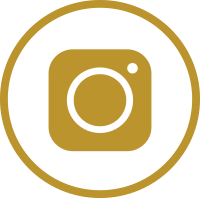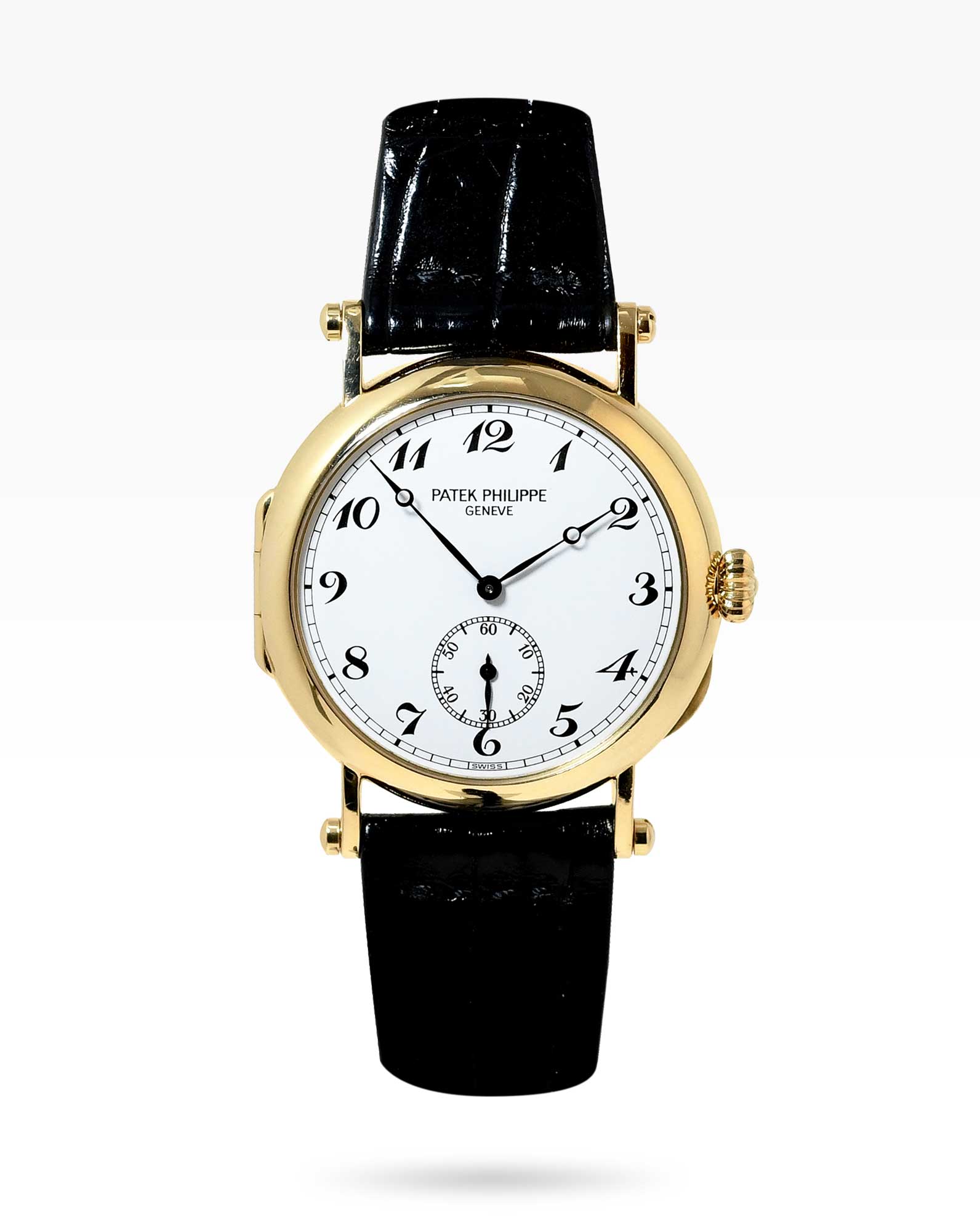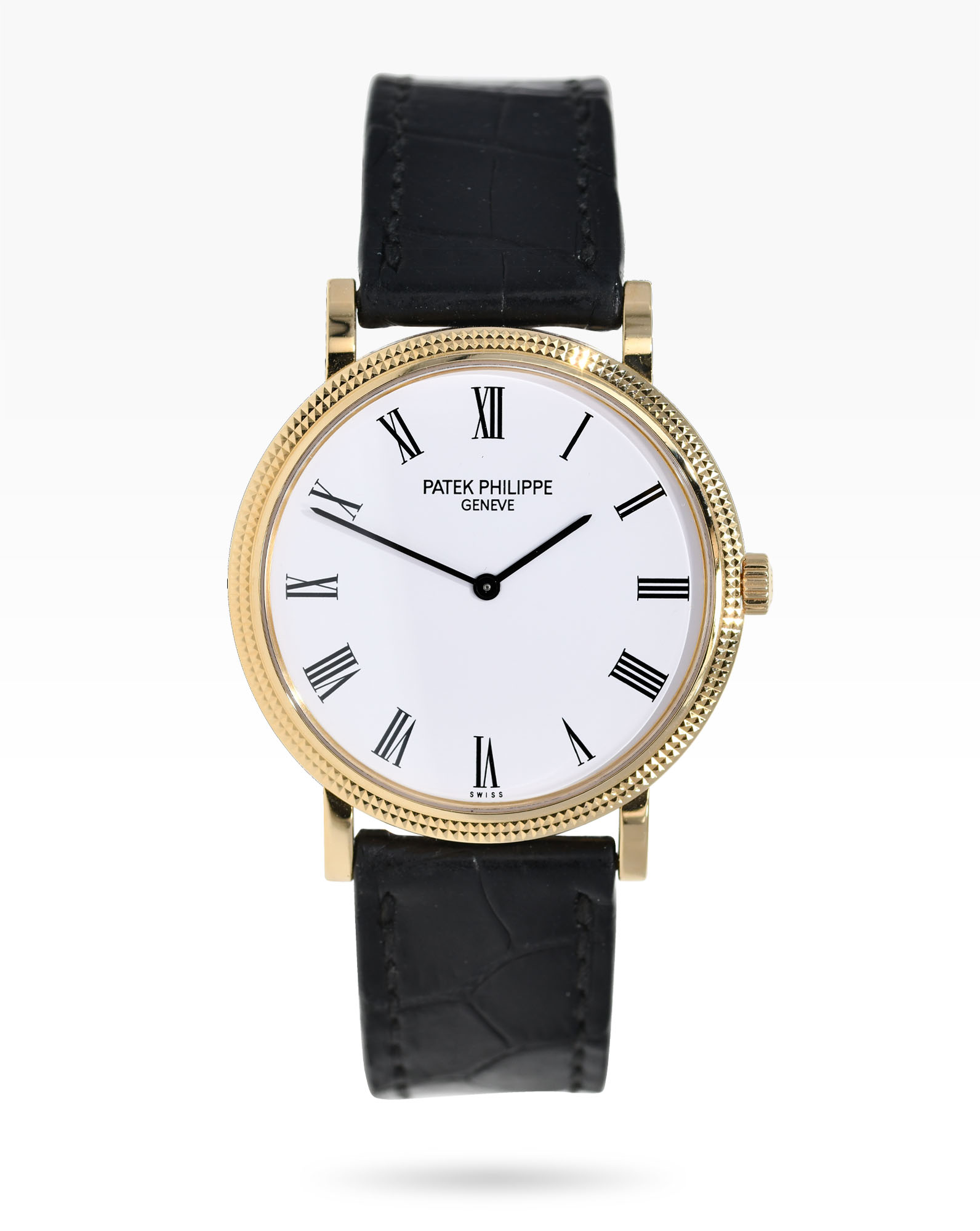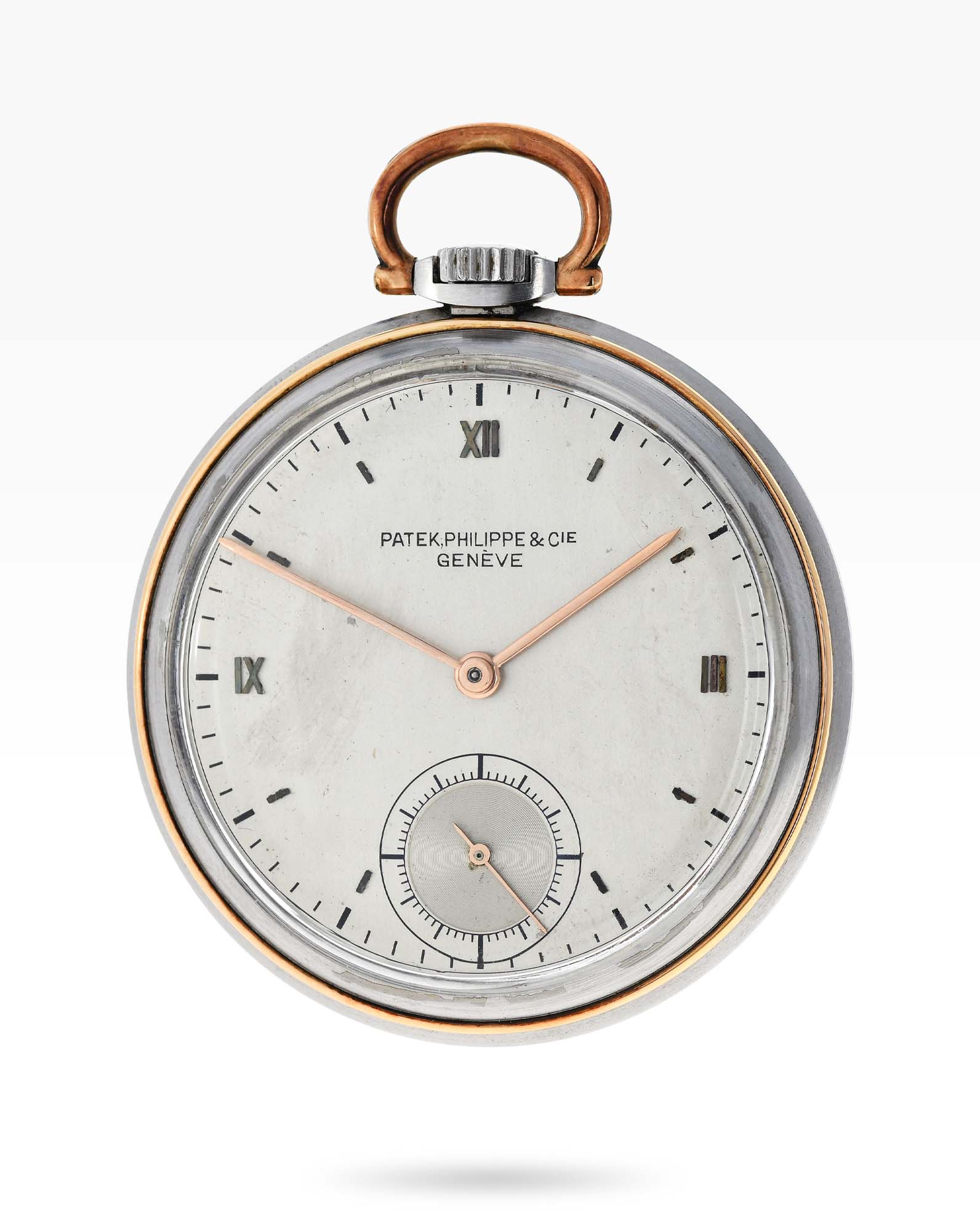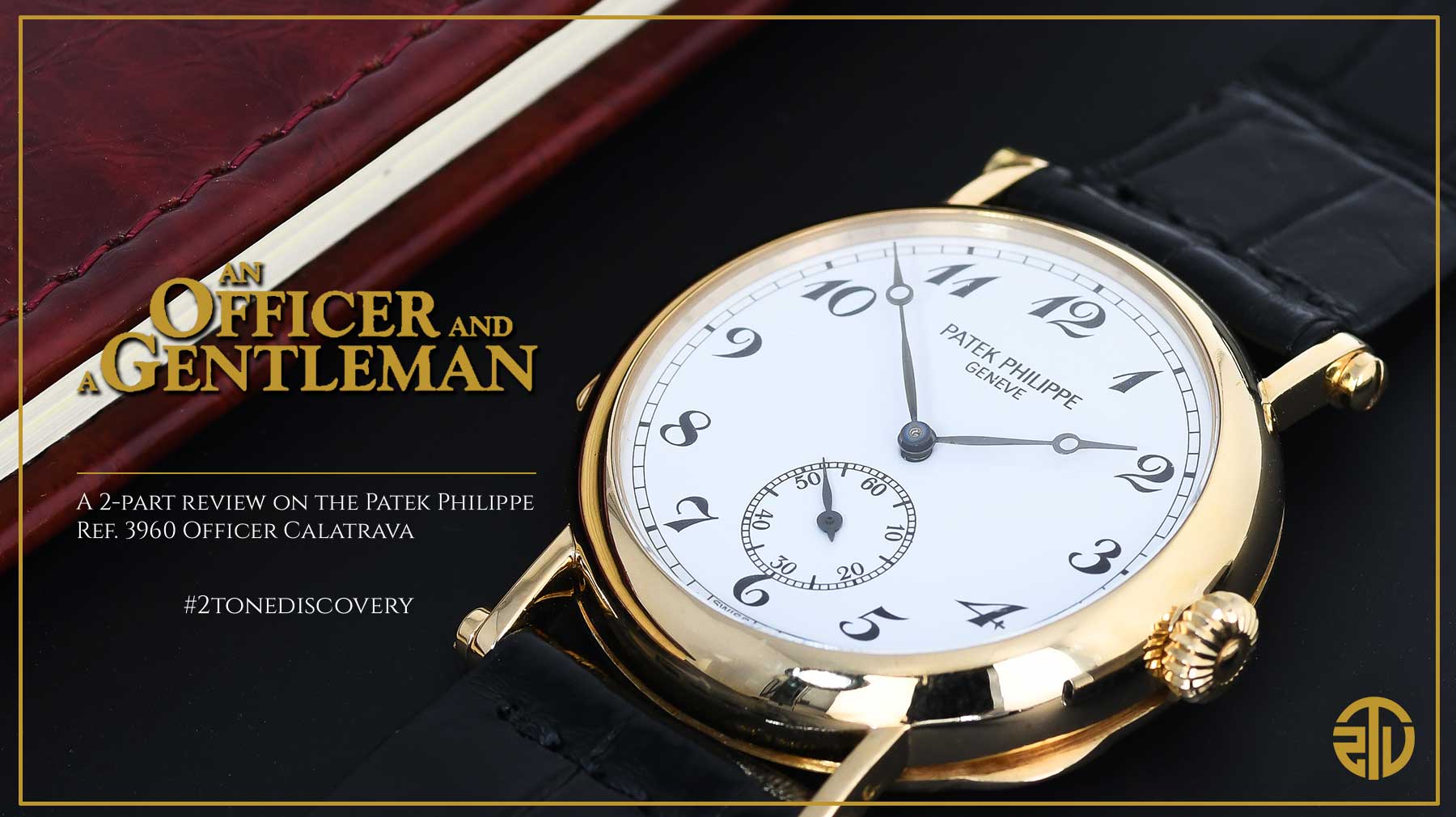
Reviews
Feb 3, 2022
An Officer & A Gentleman – Part I
The Patek Philippe Ref.3960 Officer Calatrava sits on the display shelf emanating old world antiquity. Let’s travel back in time to understand the intricate relationship between an Officer and a Calatrava.
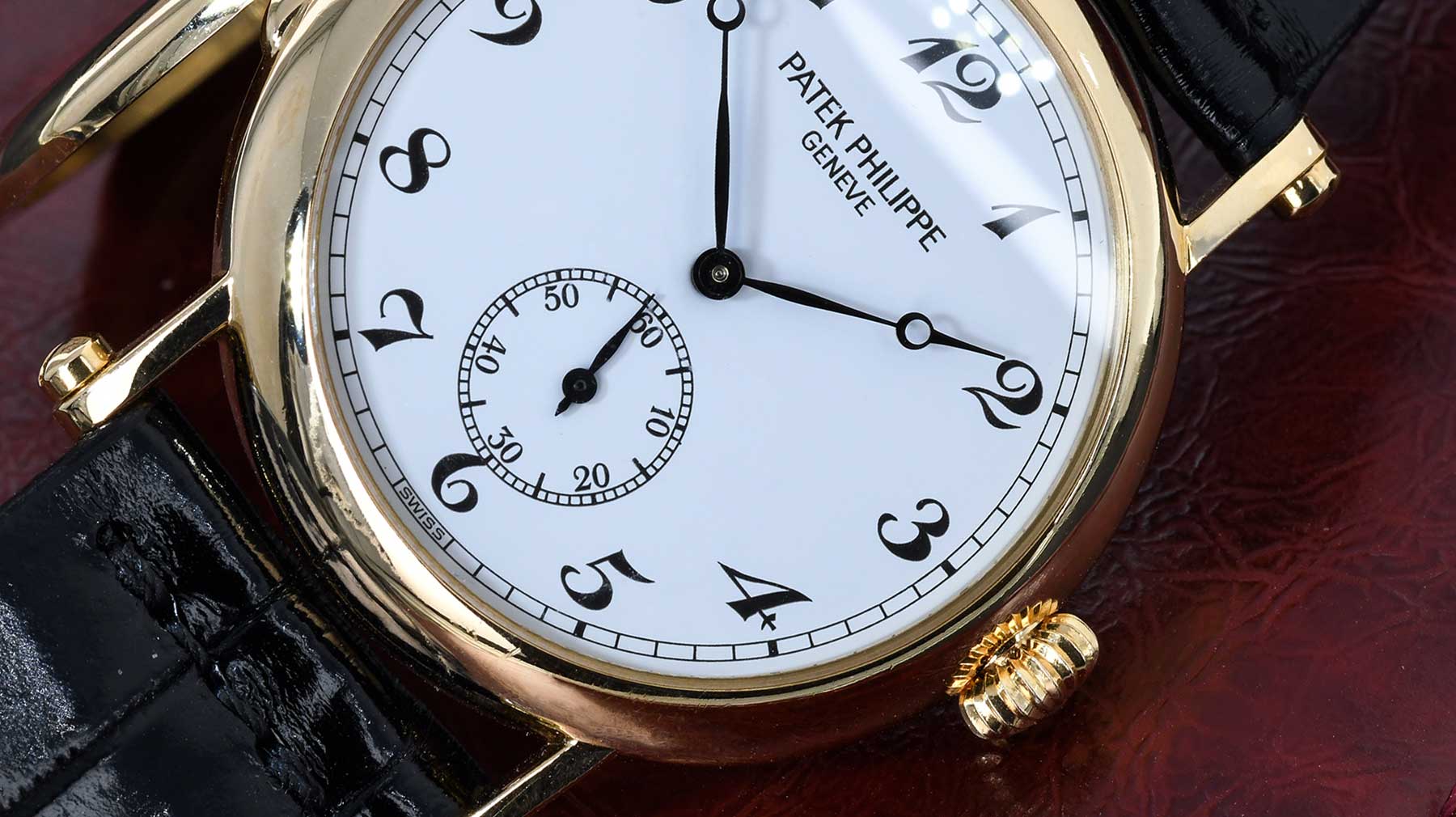
An Officer and a Gentlemen
Part I of II
No. We are not doing a movie review of the 1982 melodrama starring Richard Gere and Debra Winger but the star of this review, a Patek Philippe Ref. 3960J Officer Calatrava would certainly fit the wrist of the character played by Richard Gere, once he graduate and don his Officer’s ceremonial dress.
The Ref. 3960 was introduced in 1989 to commemorate the 150th Anniversary of Patek Philippe. Released as a limited edition series, the Ref. 3960 is also named the Officer Calatrava and was produced in variations of yellow gold, white gold and platinum. Only 2200 pieces of this Officer Calatrava were ever produced.
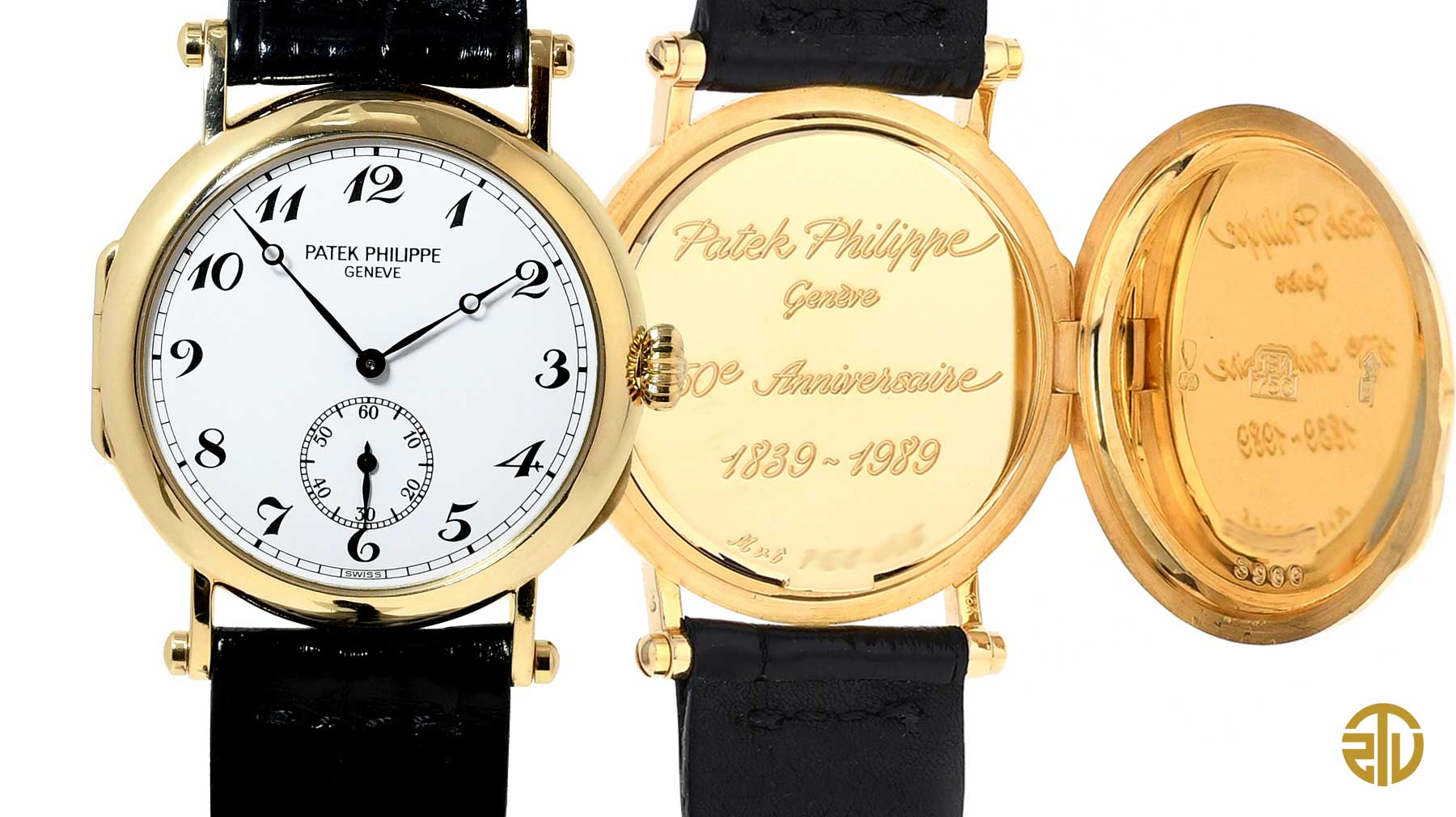
The Patek Philippe Ref. 3960J Officer Calatrava-Patek Philippe’s 150th Anniversary Special
In standard Calatrava-style, the dial is minimalist and presents a white Porcelain dial emanating a prestigious vibe with its sheen. Time is marked by the classical Breguet hands and Breguet numeral markers painted in black. Subsidiary dial for seconds sits at six o’clock. Minute railway tracks rounds up the all-classic presentation, one tha. Observing a dial with Breguet numerals and hands on a dress watch never fail to offer a glimpse of what time will look like on an early 18th century watch. If recreating that Great War-era antiquity was the intention, Patek Philippe had certainly accomplished that in a modern package. Together with the pocket watch-shaped case, pumpkin crown and obtrusive lugs, the entire presentation is nothing but classical – and toolish. Although very much muted, the pumpkin crown is a heritage that must be preserved and on this exquisite Patek, its right there, made in resemblance to a pumpkin crown but just smaller.
The Ref. 3960 Officer Calatrava is powered by a self-winding Calibre 27-460M in a 35mm screwed-back, round-edged case. Talking about case, the hunter case-back is simply fits the standard description of an officer’s watch.
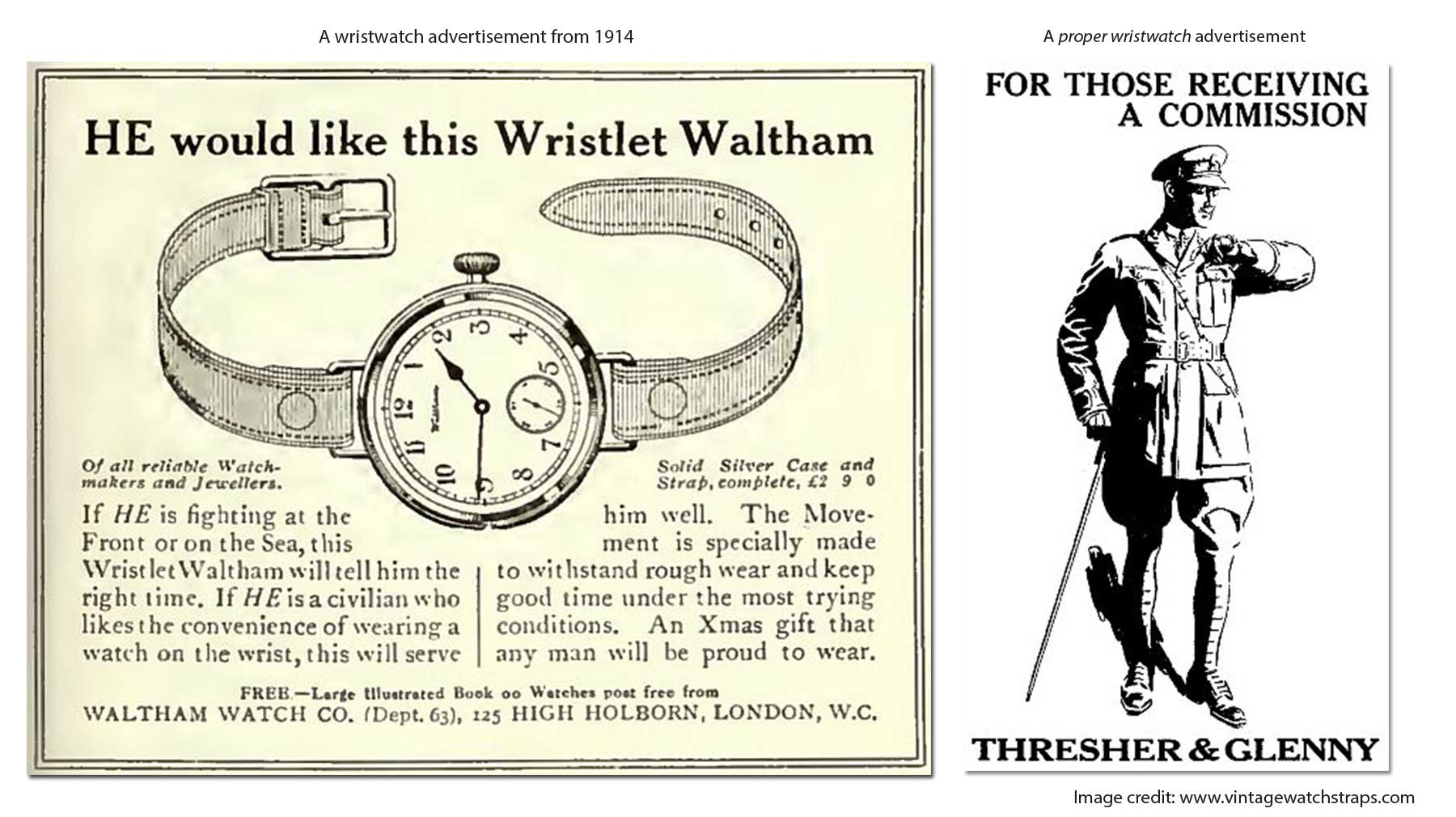
What makes an Officer?
To understand how an Officer and a Calatrava came together, we must first dive into the origins of the so-called Officer’s Watch.
Prior to World War I, it was a stigma for men to wear a wristwatch although they were already available for them. Wristlets, as they called it, were worn predominantly by the ladies like a jewellery piece and accuracy of the displayed time wasn’t of essence. Pocket watches were preferred among the gentlemen who could afford one. Then came the second Industrial revolution, which helped made pocket watches affordable for the mass. Despite being shunned by men, wristlets was worn and used by Officers of the Queen’s Army, in limited ways, first recorded in the Boers War (1899 – 1902). This gave the industry a glimpse into the future of wristlets for men. True enough, the stigma of men wearing wristlets finally made way for practical reasons during the Great War.
The term “Officer’s Watch” was invented shortly upon the onset of World War I – The Great War, which sparked off in 1914. Prior to the beginning of the war, Officers were issued wristwatches but at the dawn of the war in 1914, supply could not meet demand and that’s when the conversion of FOBs into wristwatches happened.
Newly-commissioned officers who could not get their hands on a military-issued wristwatch had to acquire one from their allowance. Pocket watches were issued from the War Department but for specific vocations. Officers and soldiers in vocations such as signallers, engineers and artillery in particular, are expected to purchase one from their allowance if military-issued watches are not available. Out of necessity and in the front-lines of Europe, soldiers began to weld metal loops to their pocket watches to hold the “strap”, which was anything they can salvage on the frontline. These became known as the wired-lugs we’ve come to know today, and hence, the Trench Watches were born.
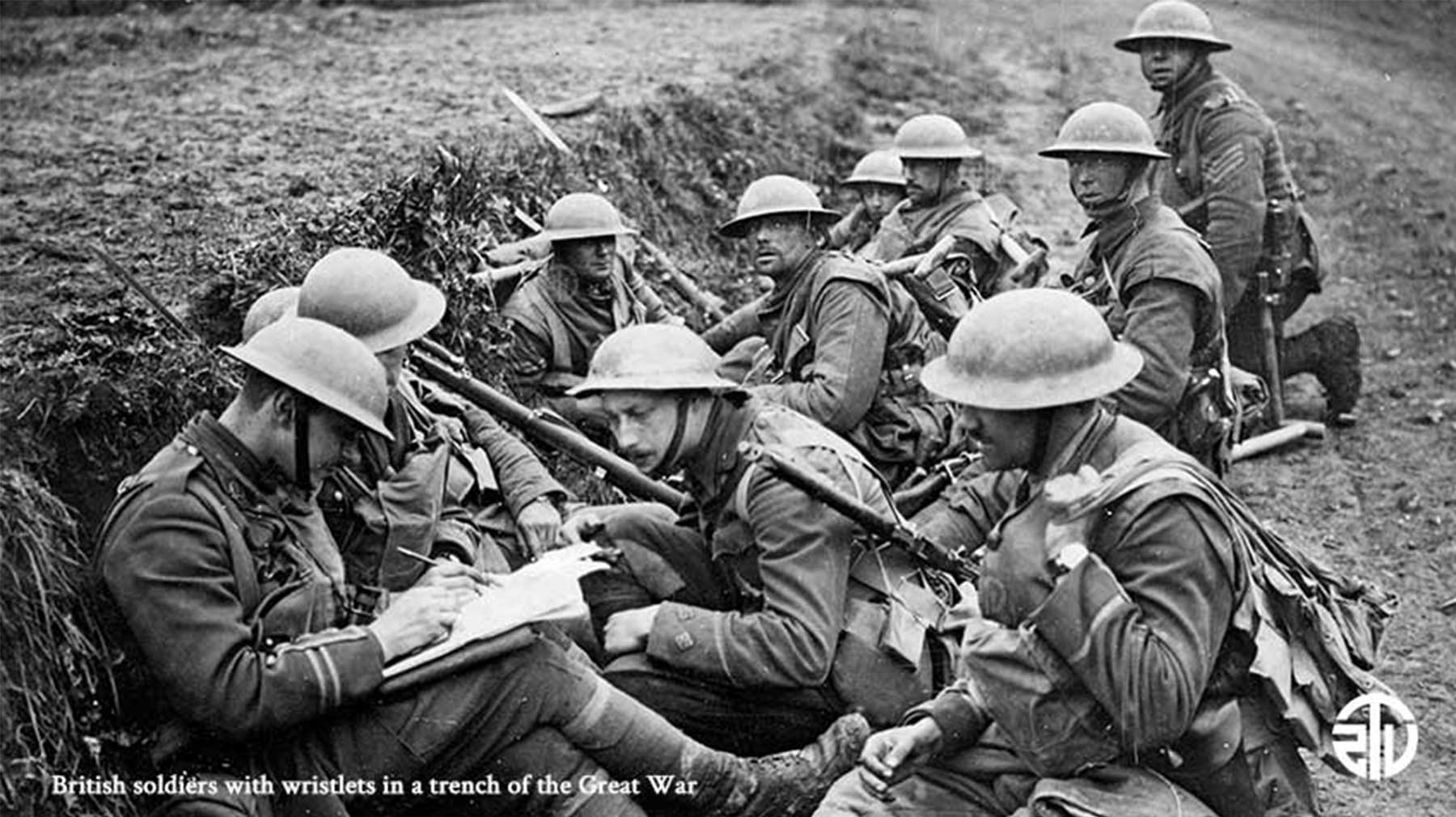
To reach into one’s pocket and pull out a pocket watch to tell time was simply counter-intuitive, especially when the hands are full and attention should be on the line of fire during battles. If it’s a hunter-case pocket watch, I can imagine frustrated soldiers pulling the lid off and throwing it at the enemy in anger.
Between 1915 and 1916 while the war progressed, combat manoeuvres and other tactical reasons made the wristlets an imperative. A tactic coined the creeping barrage was adopted, raining timed and forwarding barrages of artillery suppressive fire on enemy lines, thereby creating a window of opportunity for friendly forces to get out of their trenches and move forward (albeit to the next trenches). This requires perfect synchronisation of time as no one wants to be early, nor late, in that dash forward. Neither would any soldier want to be caught in the barrage raining on advancing enemy troops. Officers are the one leading the charge or commanding a move and naturally, it’s the Officers that need a watch to keep pace with the big plan.
In the later part of the war, a lid or cage is added to the wristwatch for protection against shrapnel, stones and any debris one may face in combat. Other improvements include Radium markers and hands but as watch companies aggressively stepped up production for these military-issued Trench Watches, little attention was paid to aesthetics and so it still look very much like improvised pocket watches. So what makes an Officer? In my opinion, an Officer is very functional and practical. He can be in the trenches fighting in the grimes but is also a gentlemen who is well-mannered and chivalrous.

Character of an Officer
Back to the subject of this article, the Ref. 3960J Officer Calatrava certainly embodies the qualities of an Officer significantly. At first instance, the Breguet numerals and hands in black against a white porcelain dial offers a quick comprehension of time, yet at the same time, retain that classic and refined turn out expected of an officer.
Born out of the front lines with lugs welded to pocket watches, Trench Watches usually retain the rounded case, hunter case-back and onion, or pumpkin crown from the pocket watch, the Ref.3960 is winded through the very same pumpkin crown found on pocket watches of the early 20th century but much more subtle on this piece.
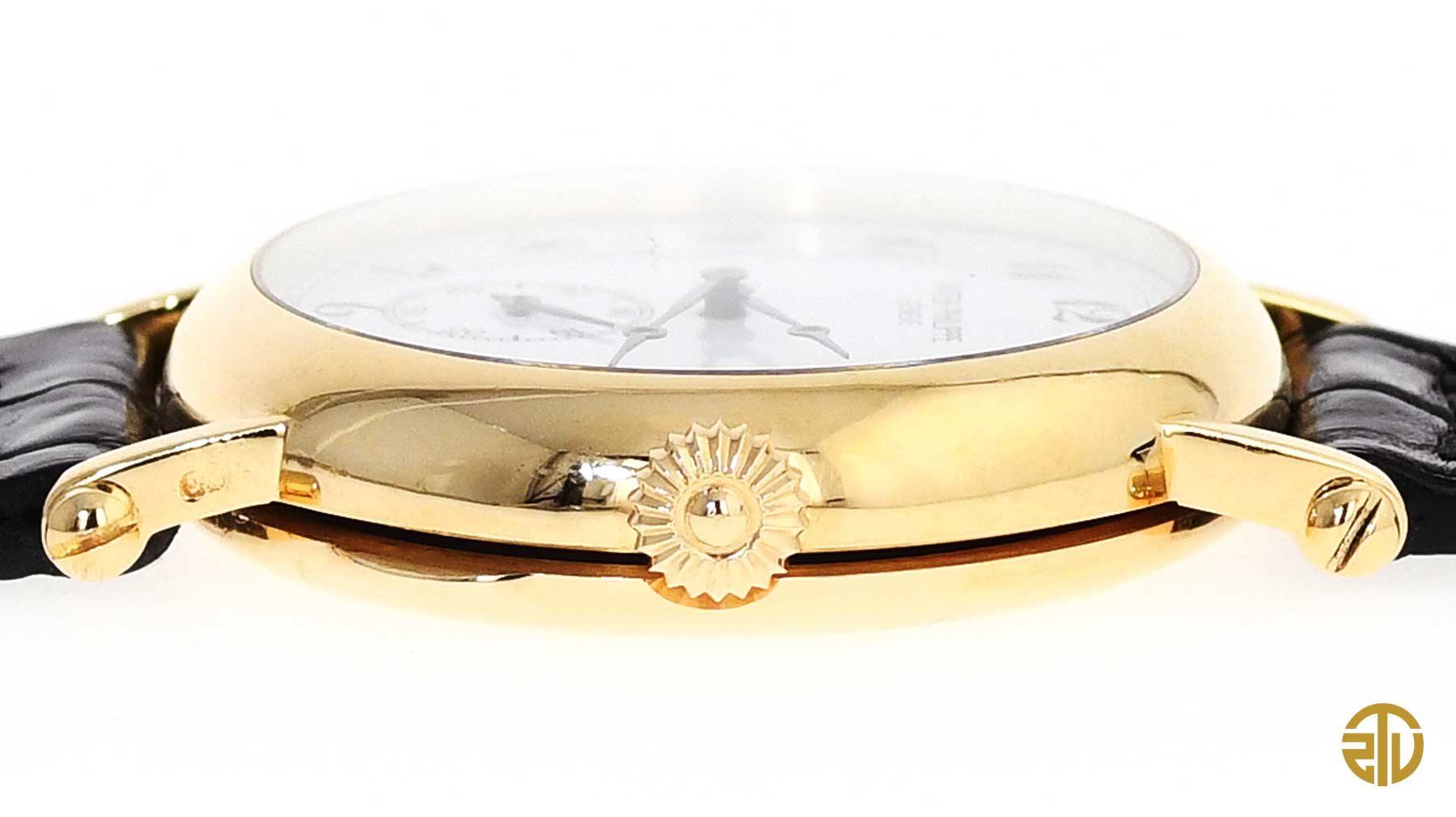
The lugs stood out obtrusively from the case band, just like a deliberately welded piece onto a round watch with little attention on aesthetics. The lugs use screws and posts instead of spring bars, giving the piece a toolish, functional impression, just right for a watch built to stand the test of war.

The hinged case-back is reminiscence of the pocket watches with engravings of messages from loved ones, or for the military-issued watches, identification numbers and the Pheon to mark the piece as the government’s asset. On this piece, a commemorative message is engraved on it.
When the Great War ended in 1918, the men who served continue to wear their wriswatches as a civilian and this became a trend on the street. It was looked upon as a symbol of heroism and masculinity. The pocket watch evanesces into history but continue to be produced even into the 21st century, in very limited numbers. The word Wrislets continue to be used until the 1930s, when Wristwatches became the official term.
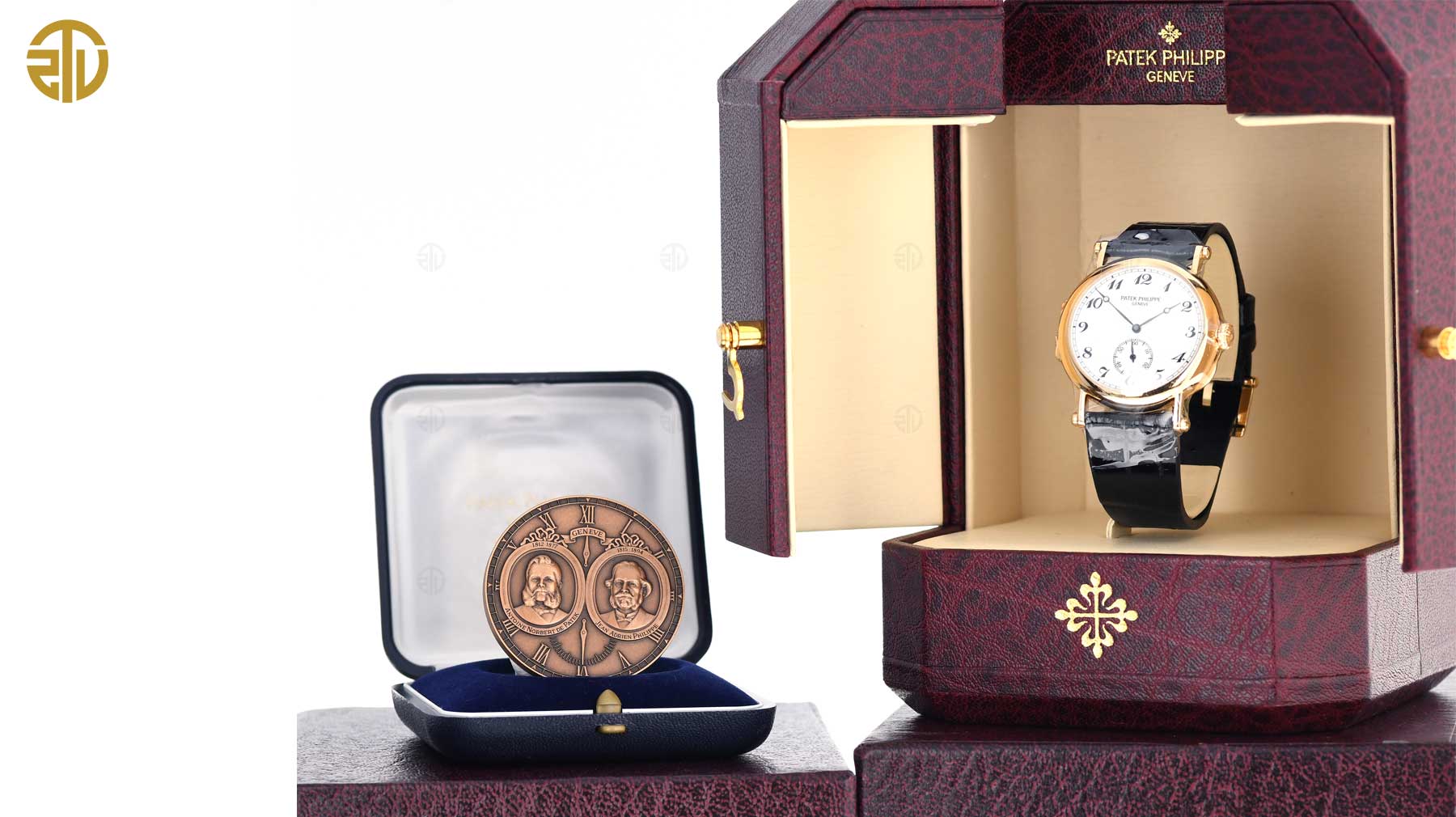
An Officer in time
Accuracy of pocket watches were undoubtedly dubious prior to the Great War. From a portable clock with only an hour hand, time can sometimes be a few hours late. The lever escapement came into the picture in 1755, allowing for better accuracy with room for improvements. By the time of the Great War, time synchronization determined victory or failure in a life and death situation. An Officer leads and the lives of the men depends on him. An officer is expected to be both a fighter and a leader of wisdom, discipline and values. From the trenches of the Great War to this day, this still remain very much true as prerequisites to being an officer.
To end Part I of this two-part review, I would like to share a quote from Admiral Arleigh Burke, United States Navy;
The difference between a good and great officer is about ten seconds.
P.S: A very special thanks to Mr. David Boettcher of www.vintagewatchstraps.com for his generosity in allowing the use of some rare poster images from the World War I era, all for the love of horology and education.



